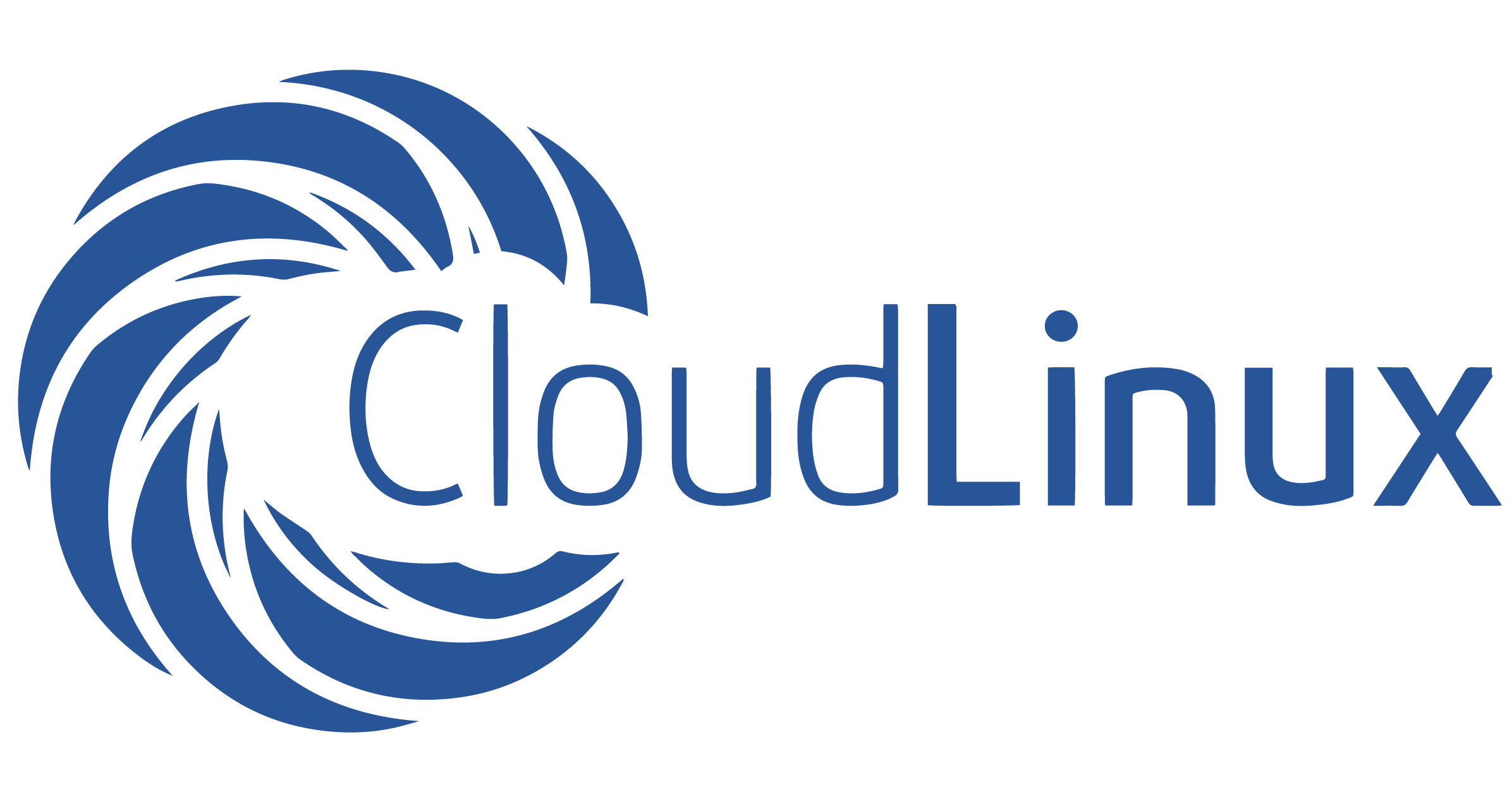All business applications are now becoming more dynamic and component-based. Industries are now shifting towards cloud computing for better productivity. But to ensure the functionalities of these cloud-based applications, Cloud testing plays a major role in the Cloud industry.
Cloud testing is the testing processes which are executed with the use of cloud resources. It is helpful when the testing process includes many test machines like several workstations for load testing. It is also helpful while testing application that operates over a LAN or the Web like on a client’s server.
Now let’s take a look at some of the major requirement of Cloud testing
- Sufficient test models and criteria
QA engineers should be provided with sufficient test models and criteria that support cloud and web application testing. These test models and criteria should be in areas like SaaS and Cloud-based application. This scalability model is used to validate or measure the performance of the system. It also requires Integration models and criteria to address cloud-based connectivity protocols and APIs for end-to-end application integration across the cloud.
- Proper test methods and solutions
The requirements and features of cloud applications are in continuous change, for which it requires newer test methods and solutions. Methods like continuous validation and regression testing solutions for the applications which change continuously due to bug fixing and feature updates. Application tester should also be given automatic testing facilities for the multi-lease feature of cloud computing.
At Andolasoft we have expertise team of quality annalist and testing engineers with strong market specific testing experience to provide extensive Quality Assurance services throughout the product life-cycle. We also execute cloud-based testing to provide the best in quality product services.






